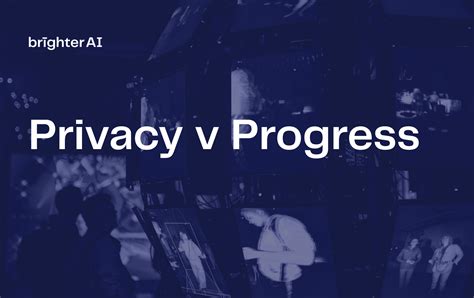With the rise of online gaming, the battle between developers and cheat developers has become ever more intricate and heated. Players who use cheats not only disrupt the fairness and integrity of games but also pose technical and financial challenges for game developers. However, the measures implemented to counteract cheating—such as intrusive anti-cheat software—often provoke debates around privacy and the stifling of innovation. In recent discussions, the gaming community has been vocal about the repercussions of these anti-cheat strategies.
One particularly contentious method involves banning the use of reverse engineering tools, such as IDA or Ghidra. This raises ethical questions. As commented by users like G4E and drdaeman, there are legitimate uses for these tools, ranging from educational purposes to software development and even aiding developers in debugging issues. Imposing blanket bans on such tools could deter budding developers and enthusiasts from exploring and contributing to the field.
Anti-cheat measures that monitor player’s systems to detect the presence of specific software have also come under scrutiny. Comments by users such as kmeisthax and jsheard highlight the counterproductive nature of these measures. Not only do they invade user privacy, capturing an unwarranted level of detail about their activities, but they can also ostracize legitimate users who, for various reasons, have these tools installed. The idea that a game could refuse to run because of unrelated software on a user’s computer feels invasive and disproportionate to many.
Another layer of complication arises with compatibility issues on different operating systems. As some users noted, certain anti-cheat mechanisms do not function well on Linux, leaving Linux gamers either unable to play or forced to switch to less secure systems just to enjoy their games. The incompatibility extends further, affecting users who dual-boot or maintain separate systems for gaming and work to protect their privacy and data integrity.
Moreover, the technological arms race between cheat developers and anti-cheat systems has led to the creation of evermore sophisticated cheating tools. As ianhawes and others pointed out, hardware-based cheats that capture screen content and inject inputs are becoming increasingly common. These methods circumvent software-based anti-cheat mechanisms, complicating the landscape further. This cat-and-mouse game demonstrates that current anti-cheat strategies may only offer a temporary reprieve rather than a long-term solution.
Burnishing an argument for a different angle, some users, like neandrake and ronsor, argue that overly intrusive anti-cheat software poses more harm than good. They likened it to draconian measures in real-world scenarios, such as unwarranted surveillance of homes to prevent crime. These analogies underscore important points about proportionality and ethics in digital environments. The consensus among critics is that the costs to privacy and the chilling effect on legitimate uses of technology may outweigh the benefits of stopping cheaters.
In conclusion, the debate around anti-cheat measures underscores a significant tension in the gaming industry: balancing the need to maintain fair play with the rights of users to privacy and the freedom to innovate. As technology continues to evolve, it becomes crucial for developers to consider less invasive methods that target cheating without compromising user privacy. Community-driven solutions, robust server-side validation, and smarter game design could offer pathways forward that respect both the integrity of the game and the privacy of its players.


Leave a Reply